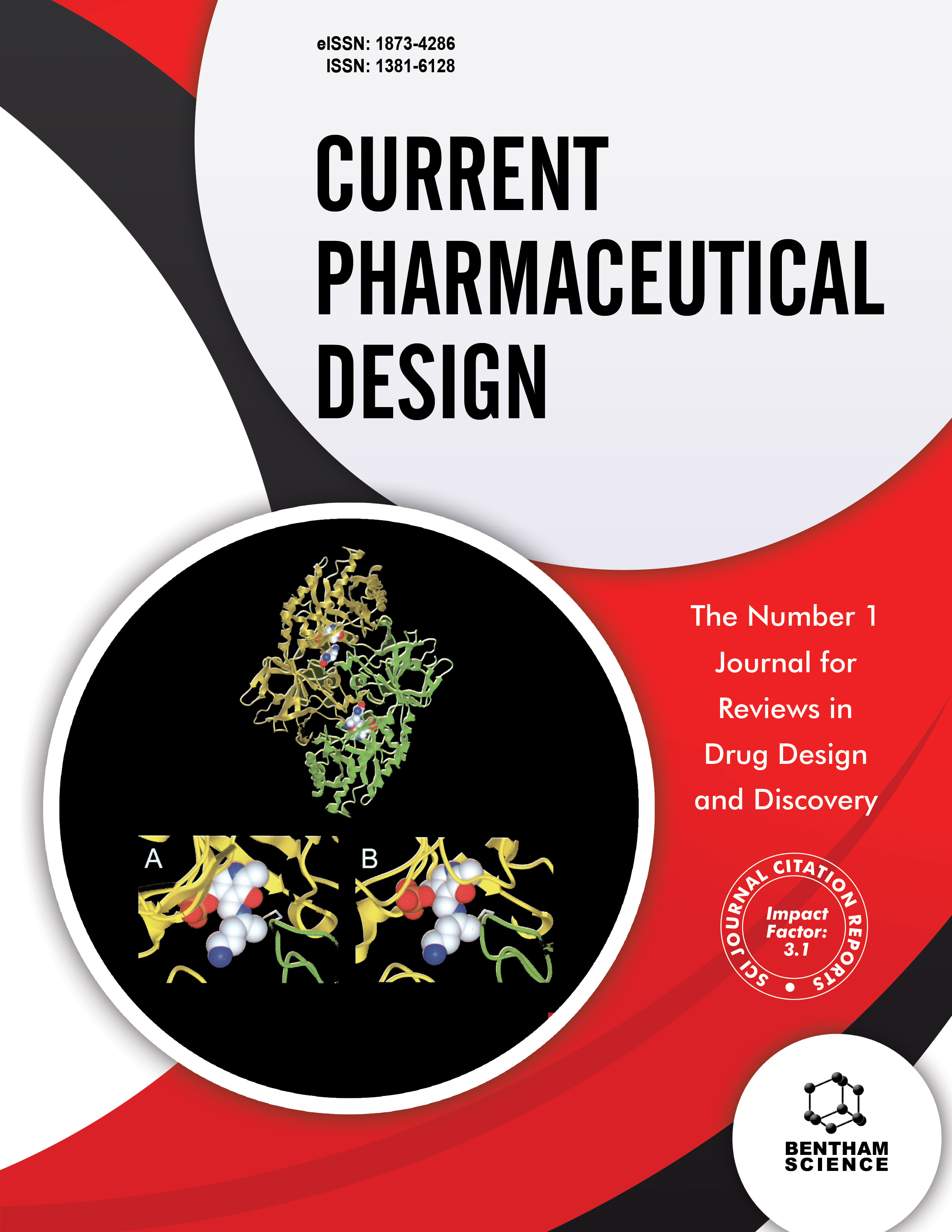
Full text loading...
We use cookies to track usage and preferences.I Understand
A double bond between the nitrogen and carbon atoms characterizes a wide class of compounds known as Schiff bases. The flexibility of Schiff bases is formed from several methods and may be combined with alkyl or aryl substituents. The group is a part of organic compounds, either synthetic or natural, and it serves as a precursor and an intermediate in drugs that have therapeutic action. The review focuses on molecular docking and structure-activity relationship (SAR) analysis for antidiabetic effects of the different non-metal Schiff bases. Many studies have found that Schiff bases are used as linkers in an extensive range of synthesized compounds and other activities. Thus, this current study aims to give the scientific community a thoughtful look at the principal ideas put forward by investigators regarding antidiabetic actions exhibited by certain Schiff-based derivatives, as this review covered many aspects, including docking and SAR analysis. For individuals who intend to create novel antidiabetic compounds with Schiff bases as pharmacophores or physiologically active moieties, it will be an invaluable informational resource.

Article metrics loading...

Full text loading...
References


Data & Media loading...

